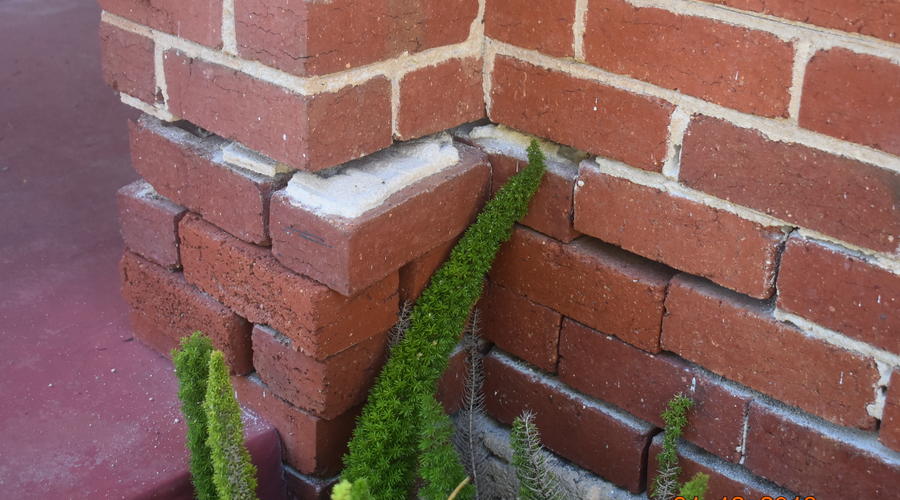
The definition of a structural defect, or structural element, has been a matter of contention for a number of years and in particular, in the assessment of home warranty insurance and statutory warranty claims
Up until January 2015 the Act and Regulation used the term “structural defect” and “structural element” to categorise defects that were either within a two year period of cover for non-structural defects or within the six year cover for structural defects.
Structural Defect was defined as:
1. For the purposes of sections 18E (1) (b) and 103B (2) of the Act, structural defect means any defect in a structural element of a building that is attributable to defective design, defective or faulty workmanship or defective materials (or any combination of these) and that:
a) results in, or is likely to result in, the building or any part of the building being required by or under any law to be closed or prohibited from being used, or
b) prevents, or is likely to prevent, the continued practical use of the building or any part of the building, or
c) results in, or is likely to result in:
i. the destruction of the building or any part of the building, or
ii. physical damage to the building or any part of the building, or
iii) results in, or is likely to result in, a threat of imminent collapse that may reasonably be considered to cause destruction of the building or physical damage to the building or any part of the building.
Structural Element was defined as:
(a) any internal or external load-bearing component of the building that is essential to the stability of the building or any part of it, including things such as foundations, floors, walls, roofs, columns and beams, and
(b) any component (including weatherproofing) that forms part of the external walls or roof of the building.
Where a policy of insurance or contract was entered into prior to January 2015, insurers or defendants often argued that items such as fire protection and waterproofing were not structural elements and therefore did not fall under the six year period of cover.
It is often the case that defects are not discovered or become apparent within 2 years therefore, this meant that the insured often failed to recover compensation for rectification of items such as fire protection or waterproofing as the claim was made after the two year period, despite the fact many would consider waterproofing and fire protection are critical to the habitability of a dwelling.
To prevent further confusion the legislation was changed on 15 January 2015. The terms “structural defect” and structural element” were removed from the Act and replaced with the terms “major defect” and “major elements”.
A major defect means:
(a) a defect in a major element of a building that is attributable to defective design, defective or faulty workmanship, defective materials, or a failure to comply with the structural performance requirements of the National Construction Code (or any combination of these), and that causes, or is likely to cause:
(i) the inability to inhabit or use the building (or part of the building) for its intended purpose, or
(ii) the destruction of the building or any part of the building, or
(iii) a threat of collapse of the building or any part of the building, or
(iiii) a defect of a kind that is prescribed by the regulations as a major defect.
A major element of a building means:
(a) an internal or external load-bearing component of a building that is essential to the stability of the building, or any part of it (including but not limited to foundations and footings, floors, walls, roofs, columns and beams), or
(b) a fire safety system, or
(c) waterproofing, or
(d) any other element that is prescribed by the regulations as a major element of a building.
The Regulations have not added to the definition of major element but the Act now clearly brings the two major items of waterproofing and fire protection into the six year period of cover.
Image by Arthur Bell











